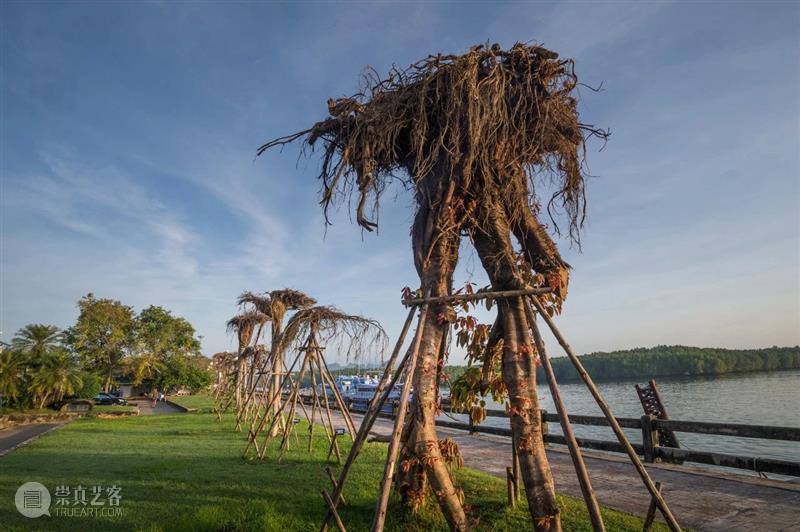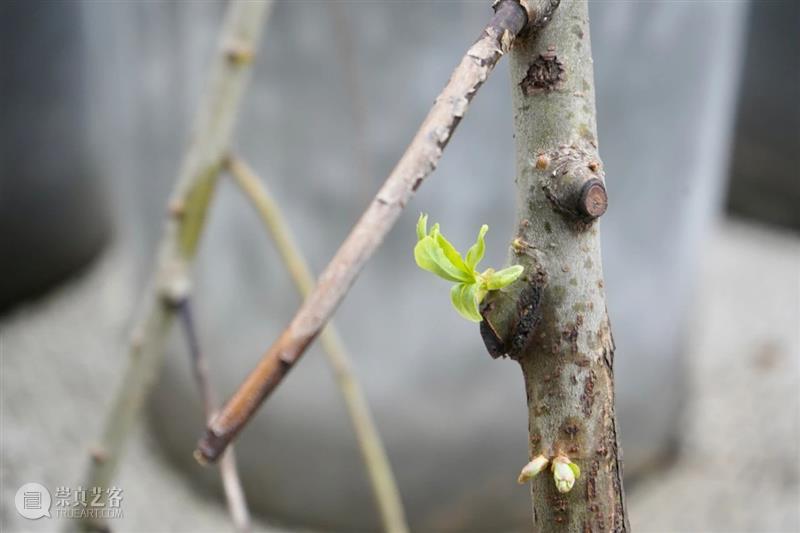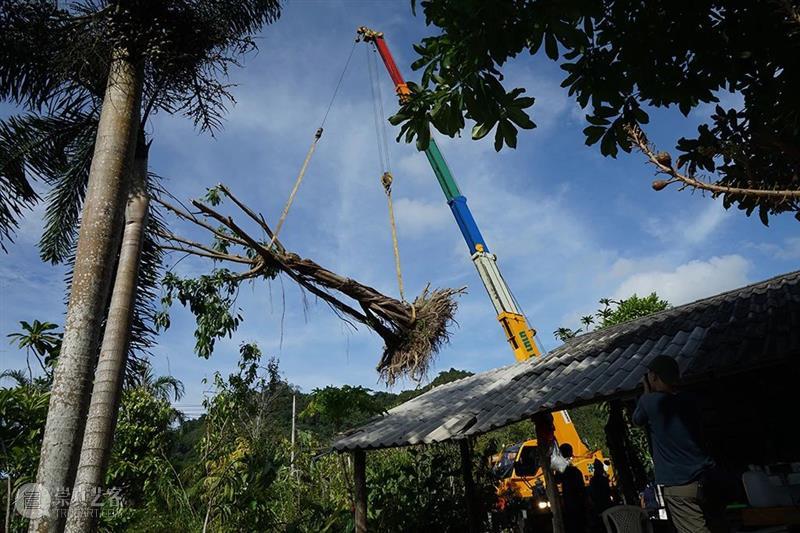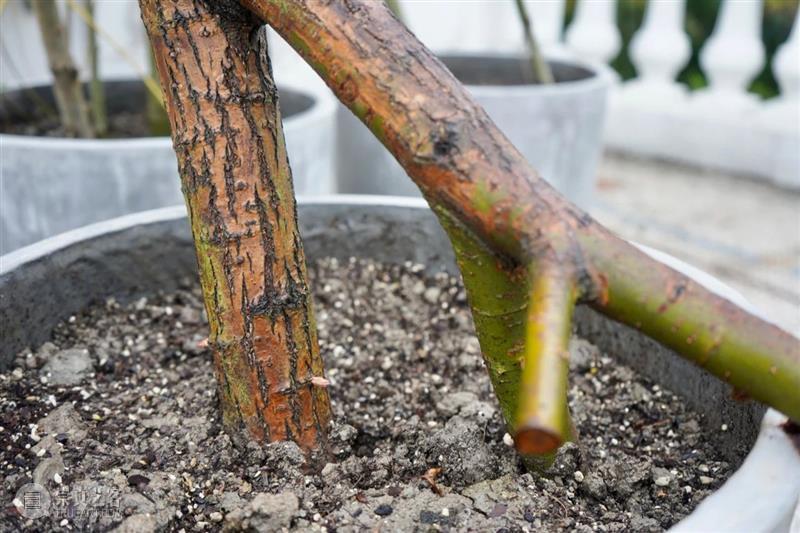
{{sindex}}/{{bigImglist.length}}


杨振中:春分
Yang Zhenzhong: The Equinox
2020 - 2021
柳树、桑树、水泥盆、营养土
Willow, mulberry, cement pots, nutritive soil
柳树 Willow: 220 x 180 x 346 | 桑树 Mulberry: 150 x 210 x 290



春分,杨振中,2020-2021
The Equinox, Yang Zhenzhong, 2020-2021



/
关于艺术家




{{flexible[0].text}}


Find Your Art
{{pingfen1}}.{{pingfen2}}
吧唧吧唧
加载更多
已展示全部
{{layerTitle}}
使用微信扫一扫进入手机版留言分享朋友圈或朋友
长按识别二维码分享朋友圈或朋友
{{item}}
编辑
{{btntext}}
继续上滑切换下一篇文章
提示
是否置顶评论
取消
确定
提示
是否取消置顶
取消
确定
提示
是否删除评论
取消
确定
登录提示
还未登录崇真艺客
更多功能等你开启...
更多功能等你开启...
立即登录
跳过
注册





 分享
分享